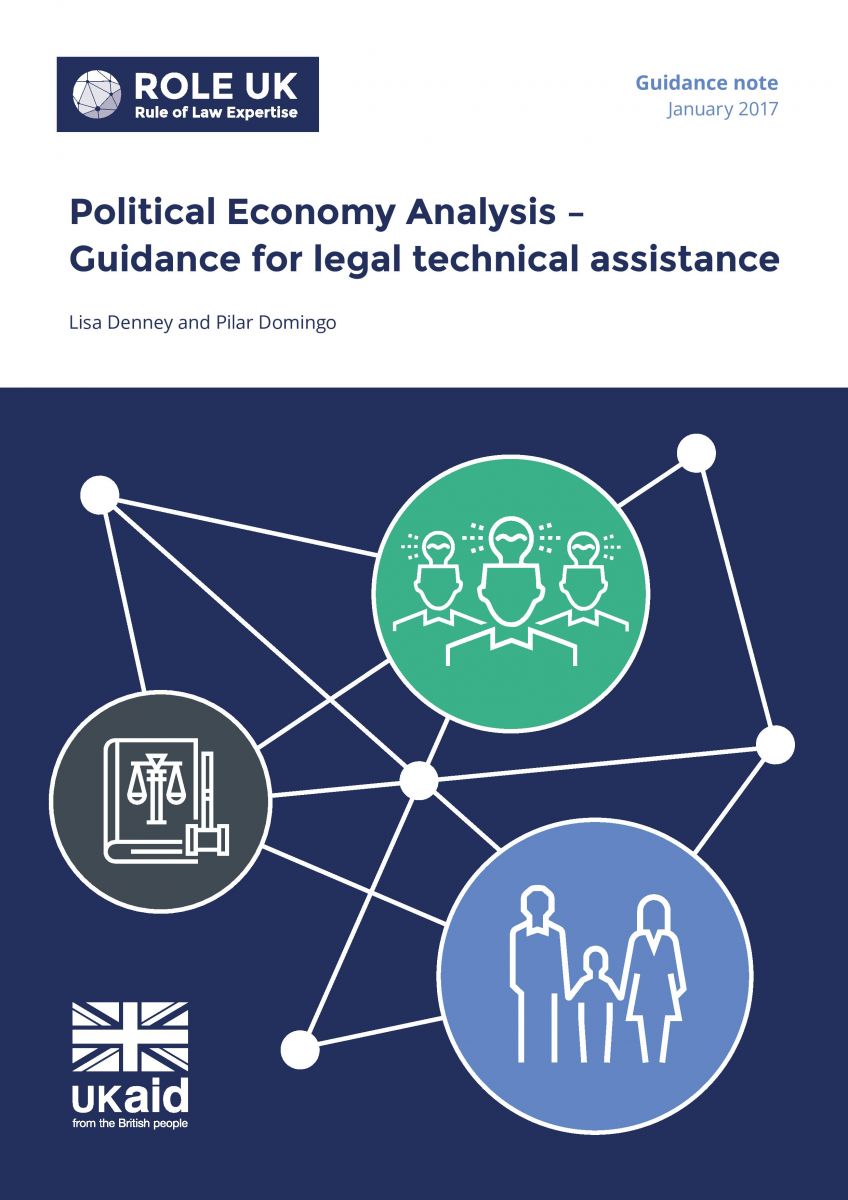Cambridge Index Rises: A 6.9% Surge Amid Market Fluctuations
The recent performance of the Cambridge Index has astonished many in the financial community with a striking climb of 6.9%, or 1,381.8 points, closing at 21,442.9. This surge is noteworthy as seven out of the top ten index heavyweights have reported gains in their share prices, showcasing a breath of optimism despite underlying market pressures.
 A depiction of financial growth and market trends.
A depiction of financial growth and market trends.
Among the standout performers is CyanConnode Holdings, which saw its stock rise 2.5% after announcing a follow-on order valued at over $1 million for cellular gateways in the Middle East and North Africa (MENA) region. This reflects a growing demand for their products, signaling potential for future growth as demand for connectivity solutions expands globally.
Meanwhile, Sareum Holdings saw a share price increase of 2.0%. However, despite this uptick, their final results revealed revenue stagnation, with a pre-tax loss widening to £4.60 million from the previous £4.03 million. Their cash reserves as of 30 June 2024 stood at £1.5 million, an improvement from £1.0 million in the same period last year, though concerns linger over their ability to generate revenue moving forward.
In stark contrast, Feedback faced a challenging period with a 21.2% drop in stock price following their final results for the twelve months ending on 31 May 2024. Revenue did see some growth, climbing to £1.18 million from £1.02 million year-on-year, yet their loss before tax increased to £3.60 million. Their cash balance also saw a significant reduction, falling to £3.88 million compared to £7.32 million the previous year.
 Trends in stock market indices and performance analysis.
Trends in stock market indices and performance analysis.
Similarly, Nexteq, down 17.5%, is grappling with ongoing challenges. In their year-end trading report, they noted a cross-industry destocking trend, leading to diminished order intake levels. Majoring on customer retention, they faced delays in project launches, with expected revenues for FY24 forecasted to be 10-12% below prior market expectations. This concern highlights the precarious balance companies must maintain in a fluctuating market environment and sheds light on wider industry issues.
Oracle Power maintained its stock price at 0.02p, recently announcing completion of a gravity survey at their Blue Rock Valley Copper and Silver Project in Western Australia. This survey has identified potential drilling targets for further copper mineralization, showcasing the company’s commitment to exploration and development, which could yield future dividends if successful.
Looking beyond individual companies, the wider trends in UK markets have shown instability. Last week’s performance saw indices closing predominantly lower in the wake of concerns about inflation, dampening expectations for rate cuts from the Bank of England. Recent manufacturing sector data revealed contractions exceeding forecasts for October, further raising eyebrows among economists. In the housing market, Nationwide reported that house prices rose less than anticipated, marking yet another sign of an economy struggling to gain traction.
 Insights into the UK economy and housing market trends.
Insights into the UK economy and housing market trends.
Despite some gloomy news, UK mortgage approvals witnessed an unexpected surge in September, hinting that while buyers may be cautious, there is still a segment of the market eager to engage. The FTSE 100 index fell by 0.9%, closing at 8,177.2, while tech indices like the FTSE techMARK 100 saw a sharper decline of 2.4%.
Across the Atlantic, US markets also faced downward pressure following disappointing job growth figures just released for October. Macro-related indicators suggest that the US economy has grown less than expected in the third quarter, and manufacturing indices are at a fifteen-month low. With mixed signals from job growth and uncertainty surrounding the fiscal landscape, one must ask: are we on the cusp of a wider economic recalibration?
As troubling as these trends may seem, they are all part of the larger economic cycle, where growth and decline continually shape our financial landscape. The resilience of certain sectors and companies amidst these fluctuations suggests opportunities for the astute investor to capitalize on mispriced assets. As we navigate through these uncertainties, staying informed and adaptive is not just beneficial but essential.
In conclusion, while the rise of the Cambridge Index signals positive momentum, the underlying challenges cannot be overlooked. It’s a time for cautious optimism as investors balance opportunities against the backdrop of macroeconomic shifts.














